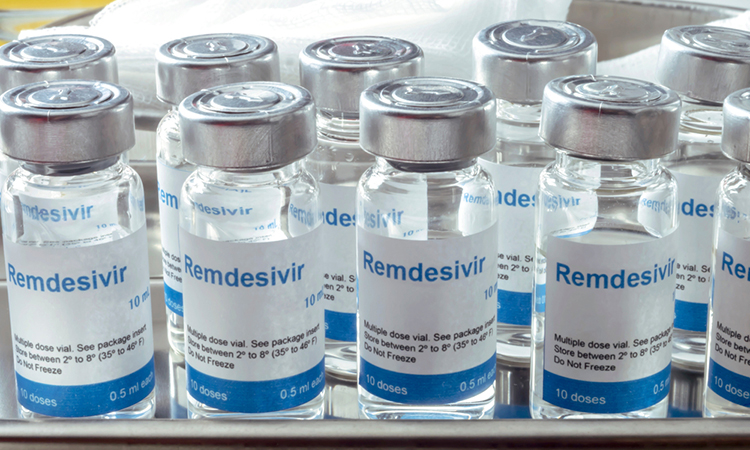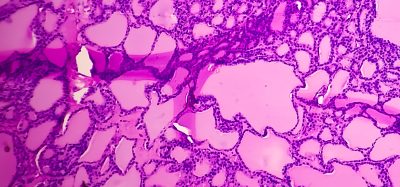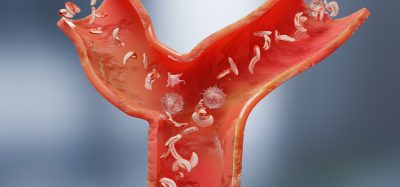Second mechanism of action discovered for COVID-19 drug remdesivir
Posted: 11 May 2021 | Victoria Rees (Drug Target Review) | No comments yet
Researchers have found that a metabolite of remdesivir potentially targets a SARS-CoV-2 protein involved in suppressing the host cell’s defence response.


A team from Goethe University Frankfurt, Germany, have uncovered a second potential mechanism of action of remdesivir, the antiviral that has been used to combat SARS-CoV-2. The researchers found that a remdesivir metabolite named GS-441524 targets a SARS-CoV-2 protein called nsP3, whose tasks include suppressing the host cell’s defence response.
According to the scientists, remdesivir was developed to disrupt an important step in the propagation of RNA viruses, to which SARS-CoV-2 also belongs: the reproduction of the virus’s own genetic material. This is present as RNA matrices with which the host cell directly produces virus proteins. To accelerate the production of its own proteins, however, RNA viruses cause the RNA matrices to be copied. To do so, they use a specific protein of their own (an RNA polymerase), which is blocked by remdesivir. Strictly speaking, remdesivir does not do this itself, but rather a substance that is synthesised from remdesivir in five steps when the drug penetrates a cell.
In the second of these five steps, an intermediate is formed from remdesivir, a substance known as GS-441524, which is a virostatic agent as well. The researchers found that this metabolite is responsilbe for targeting the SARS-CoV-2 protein nsP3. The team highlight that while the host cell is not helpless in the face of a virus attack, activating inflammatory mechanisms, among other things, to summon the aid of the cell’s endogenous immune system, nsP3 helps the viruses suppress the cell’s calls for help.
“GS-441525 inhibits the activities of an nsP3 domain which is important for the reproduction of viruses and which communicates with human cellular defence systems. Our structural analysis shows how this inhibition functions, allowing us to lay an important foundation for the development of new and more potent antiviral drugs – effective not only against SARS-CoV-2. The target structure of GS-441524 is very similar in other coronaviruses, for example SARS-CoV and MERS-CoV, as well in a series of alphaviruses, such as the chikungunya virus. For this reason, the development of such medicines like remdesivir could also help prepare for future virus pandemics,” said Professor Stefan Knapp, lead researcher from the study.
The research was published in ACS Medicinal Chemistry Letters.
Related topics
Drug Development, Molecular Targets, Protein, Proteomics, RNAs, Target Validation
Related conditions
Covid-19, Middle East Respiratory Syndrome (MERS), Severe Acute Respiratory Syndrome (SARS)
Related organisations
Goethe University Frankfurt
Related people
Professor Stefan Knapp








